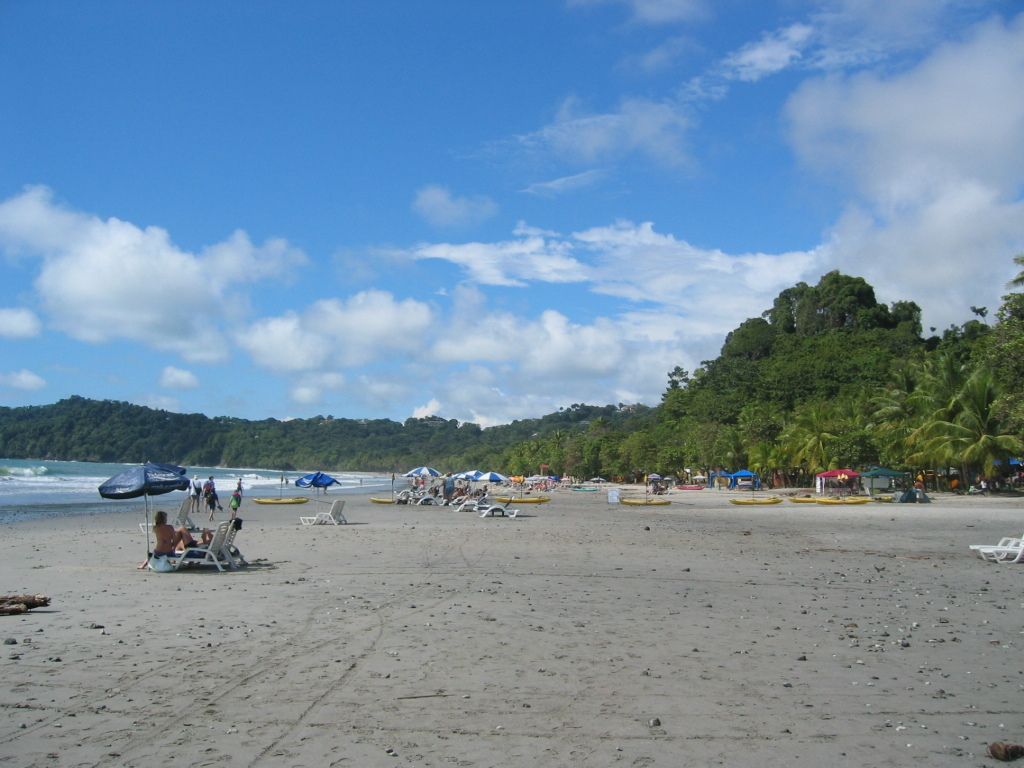Unleashing International Trade: All About Free Trade Agreements (FTAs)
Trade Deals of India: A Comprehensive Overview
Strap on your global trade shoes! We're diving into the nitty-gritty of Free Trade Agreements (FTAs), those fitting arrangements between countries that aim to create a smoother and more cost-effective international trade scene.
Size 'em Up: The Nuts and Bolts of FTAs
A Free Trade Agreement (FTA) is a formal pact between two or more nations trying to whittle down trade barriers— like tariffs, quotas, and restrictions—to pave the way for a more seamless exchange of goods and services. These agreements allow merchants to trade their wares across borders with little to no government intervention in the form of tariffs, quotas, subsidies, or prohibitions[1][3].
The FTA Mission: Promoting Economic Prosperity
The driving force behind an FTA is promoting a better playing field for global trade by:
- Barrier Busting: Slashing tariffs and quotas helps plunge costs, making goods less costly for consumers and cranking up the competition for businesses[3][5].
- Powering Economic Growth: By pushing for the unhindered movement of goods and services, FTAs stoke economic development, produce jobs, and extend market opportunities for participating countries[3][5].
- Unlocking New Markets: FTAs open fresh markets for businesses, enabling them to enlarge their customer base and lift trade volumes[3].
- Forging Economic Harmony: These agreements ignite cooperation among countries, leading to stable trade relationships and investment possibilities[3][5].
FTAs also tackled broader economic matters, like intellectual property rights, labor standards, and environmental safety, based on each agreement's scope and objectives[3].
India, for instance, has inked trade accords with a slew of countries, including Sri Lanka, Bhutan, Thailand, Singapore, Malaysia, Korea, Japan, Australia, UAE, Mauritius, the 10-nation ASEAN bloc, and four European nations' EFTA (Iceland, Liechtenstein, Norway, and Switzerland)[2].
Anatomy of an FTA: Types and Scope
So, what kind of names are slapped on these trade pacts? Well, here's a quick guide:
- FTA: You guessed it! Free Trade Agreement.
- PTA (Preferential Trade Agreement): Similar to FTA, but only a subset of products or services is covered under the agreement. One example is the India-Thailand's Early Harvest Scheme.
- RTA (Regional Trade Agreement): The WTO (World Trade Organisation) uses RTA to denote all types of preferential economic engagements[2].
- CECA (Comprehensive Economic Cooperation Agreement), CEPA (Comprehensive Economic Partnership Agreement), BTIA (Bilateral Trade and Investment Agreement), or TEPA (Trade and Economic Partnership Agreement): These comprehensive or modern agreements encompass goods, services, investments, intellectual property rights, government procurement, trade facilitation, trade remedies, and customs cooperation, among other subjects[2].
Perks of a FTA: A Win-Win Scenario
The benefits of joining an FTA are numerous:
- Bypassing Border Hassles: Zero-duty entry into partner country markets helps diversify export markets and create a level-playing field for businesses[2][5].
- Competing on a Fairground: FTAs put you on par with competitors who may already have FTAs with partner countries[2][5].
- Partnering-Up Advantage: FTAs let you enjoy preferential treatment in the partner market over non-FTA competitors[2][5].
- Attracting International Investments: FTAs entice outside funds to invigorate domestic manufacturing[2].
- Sourcing and Production Synergy: FTAs hook you up with raw materials, intermediate products, and capital goods for value-added manufacturing[2].
Overall, FTAs contribute to long-term efficiency and consumer welfare goals by expanding market access and promoting fair competition[2][5].
- India has entered into various Free Trade Agreements (FTAs) with countries such as Sri Lanka, Bhutan, Thailand, Singapore, Malaysia, Korea, Japan, Australia, UAE, Mauritius, the 10-nation ASEAN bloc, and four European nations' EFTA (Iceland, Liechtenstein, Norway, and Switzerland), which help unlock new markets for businesses.
- FTAs like the India-Thailand's Early Harvest Scheme, are Preferential Trade Agreements (PTAs) that cover only a subset of products or services.
- Companies can benefit from FTAs by enjoying preferential treatment in partner markets, creating a level-playing field for businesses, and bypassing border hassles, leading to greater competition and efficiency.
- In order to promote economic growth, create jobs, and extend market opportunities for participating countries, Free Trade Agreements (FTAs) allow for the unhindered movement of goods and services by slashing tariffs and quotas.
- As of now, over 350 FTAs are in force, and many nations have multiple FTAs, such as agreements on Exports, Imports, finance, investments, intellectual property rights, labor standards, and environmental safety, among others.








